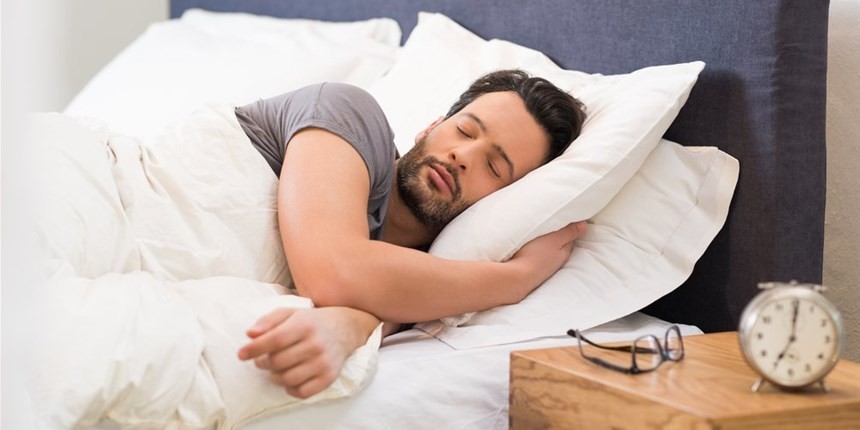
Contrary to stereotypes, you don’t need to be overweight to have Obstructive Sleep Apnea (OSA). Long considered an old man’s disease, OSA is popping up in the most interesting demographics, particularly the fit, female, and young.
An estimated 4-6% of American men have sleep apnea, but many don't realize they have it. The media portrayals of sleep apnea have created a perception that only the obese can fall victim to this disease but that is simply not true. While obesity and high BMI are common indicators for OSA, there are many other factors at play, some of them unknown.
In an article in Men’s Health Magazine, Eric Mair, M.D. discussed this interesting and troubling phenomena after conducting a 2006 study with other researchers at the Wilford Hall U.S. Air Force Medical Center in San Antonio. They examined the relationship between apnea and aerobic fitness among members of the U.S. Air Force. They found that apnea sufferers that were younger were often in better physical shape than their older, apnea-free peers. This perplexing finding could be a result of the extensive and intense physical training these younger men are doing. Dr. Mair noted, "The traits that make professional soldiers formidable on the battlefield, including increased BMI from upper-body muscular hypertrophy, and large, muscular necks, can leave them gasping for breath as they sleep."
It’s not just men who are affected by OSA as with age, more and more women are diagnosed with OSA as they get older. Director of Cleveland Clinic’s Sleep Disorders Center, Nancy Foldvary-Schaefer, DO, MS, says, "Most people don't know this, but postmenopausal women are as likely to be affected as men.” Sleep apnea is also more severe in postmenopausal women than in younger women, regardless of weight. In fact, a 2012 Swedish study published in the European Respiratory Journal found that of the 400 women surveyed, 50% of the women between the ages of 20-70 had sleep apnea. Of them, 84% of obese women suffered from sleep apnea with sleep apnea being present in 31% of those women aged 55-70.
How can you know if you may be at risk for sleep apnea if you don’t fit the stereotypical mold? Symptoms include fatigue, mood swings, a frequent nighttime urge to go to the bathroom, waking up gasping for air, daytime sleepiness, fogginess, chronic headache, and snoring. One often overlooked but paramount symptom of sleep apnea is a sub-par sex life as a result of lack of libido. After all, you need quality sleep to recharge all of your batteries.
Physical attributes that may also impact an OSA diagnosis include having a thin neck because those with thin necks naturally have a narrower space for airways to truly relax when sleeping. Also, a recessed jaw, or retrognathia, is a condition where the tongue shifts to the back of the mouth. This impedes airflow once the body is in a supine position and leads to apneas. Finally, a large tongue, tonsils, adenoids or a deviated septum can also be to blame.
Smokers are also three times more likely to have sleep apnea than their nonsmoking counterparts. Smoking may increase the amount of inflammation and fluid retention in the upper airway. The good news is the risk drops once you stop smoking.
If you find yourself experiencing the symptoms above, schedule some time with your physician or dentist as soon as possible to see if you’re at risk for OSA!